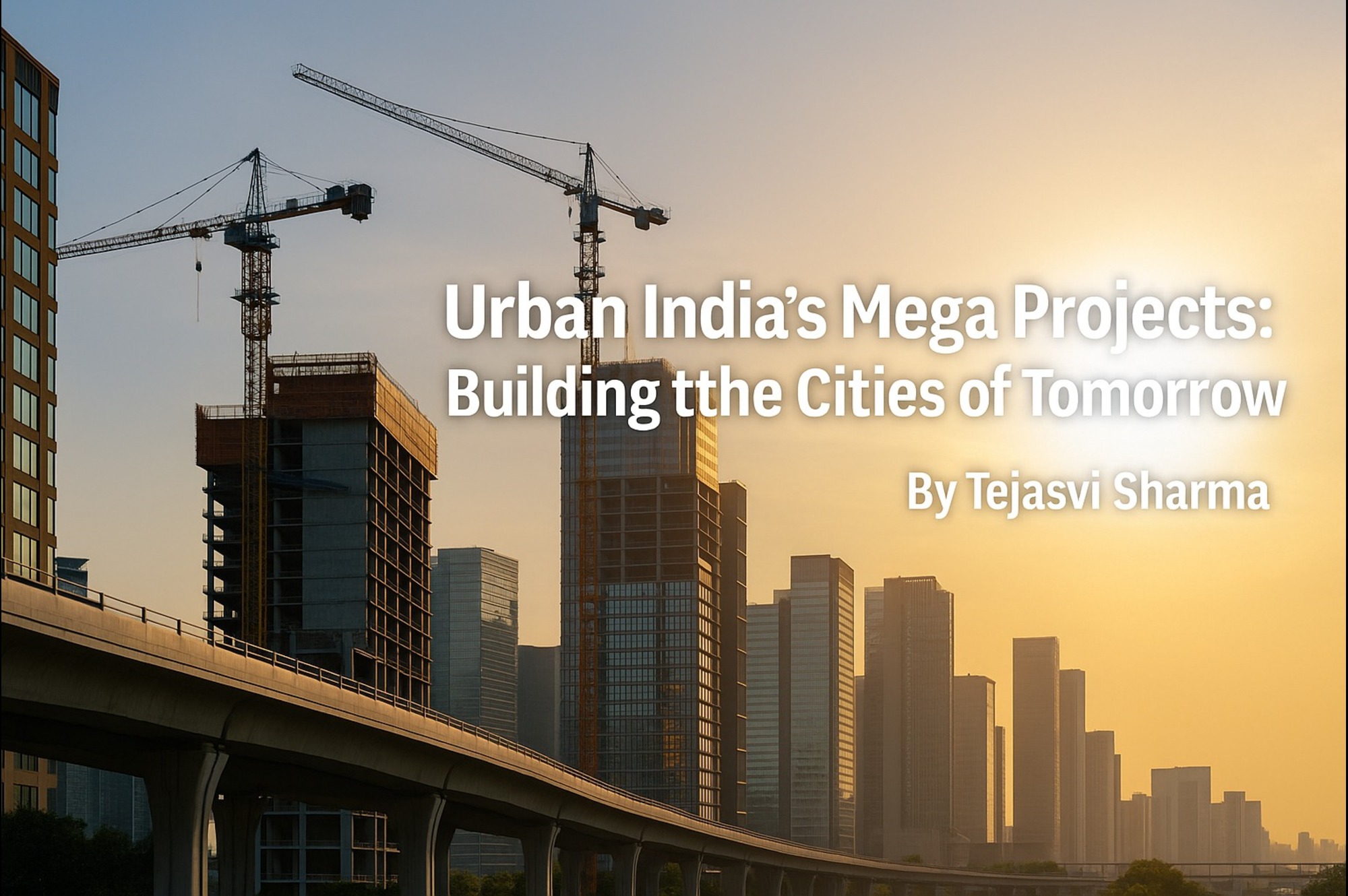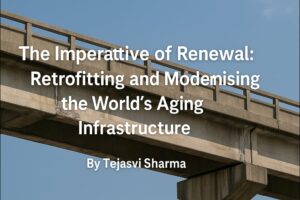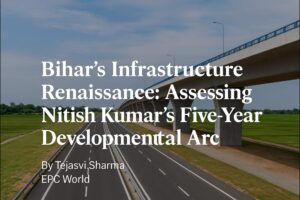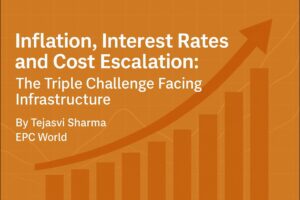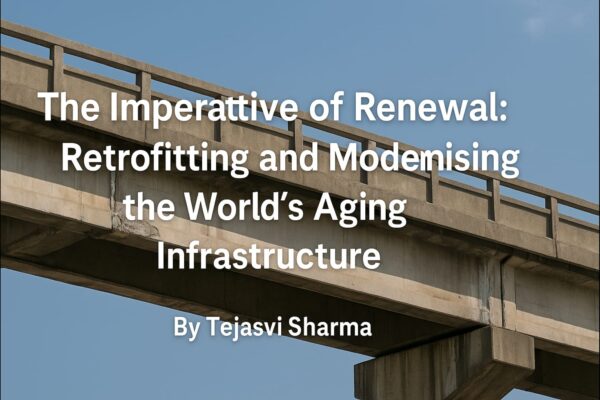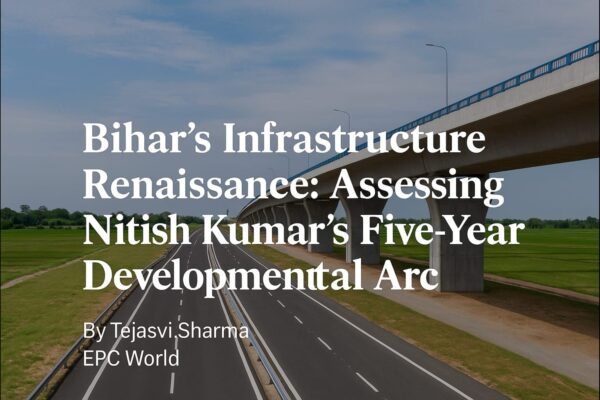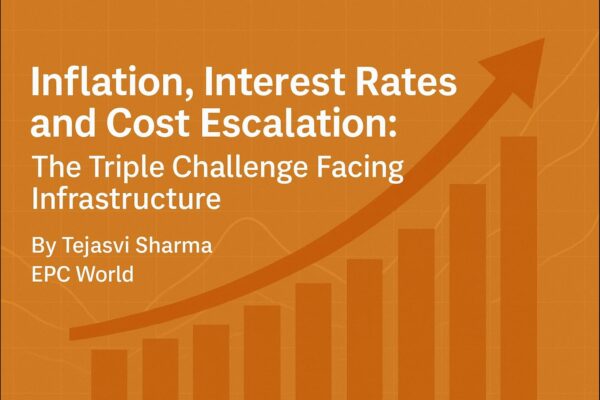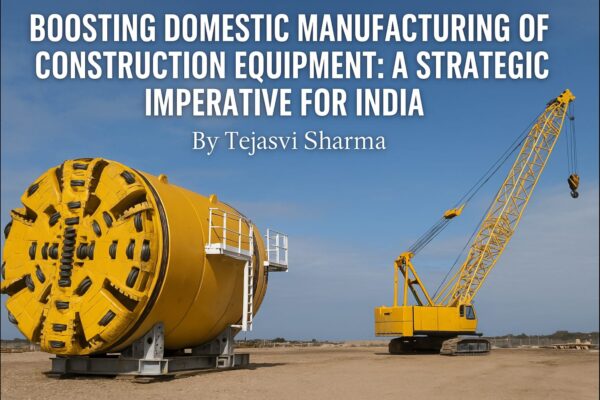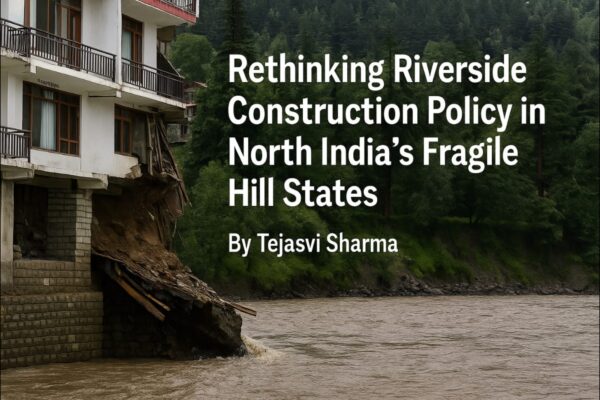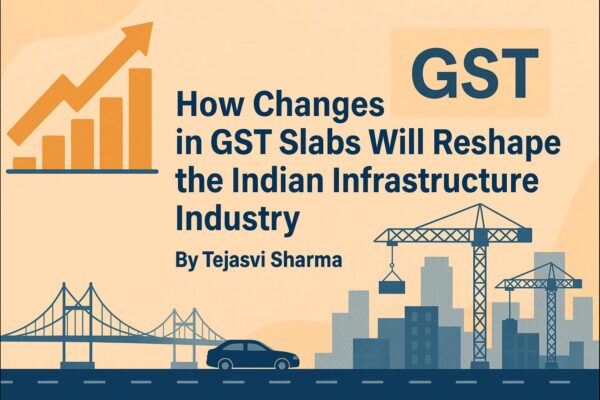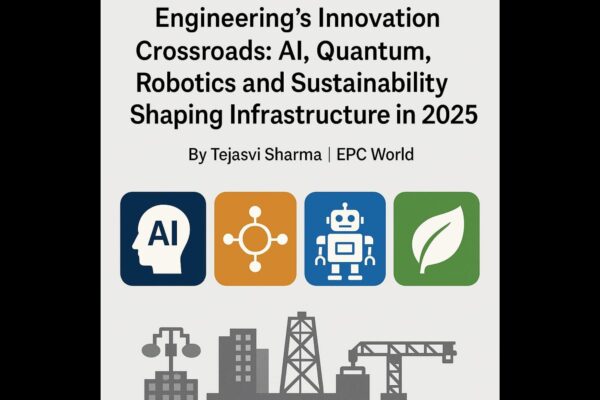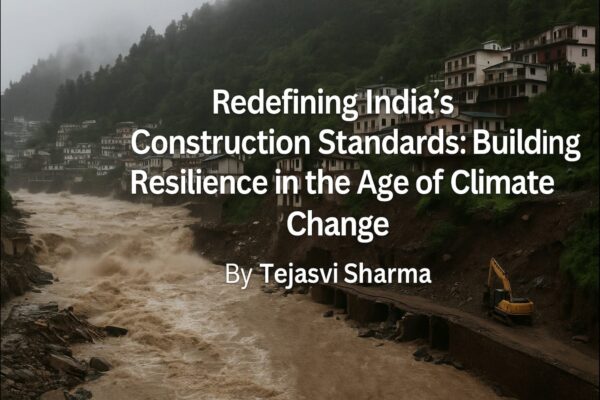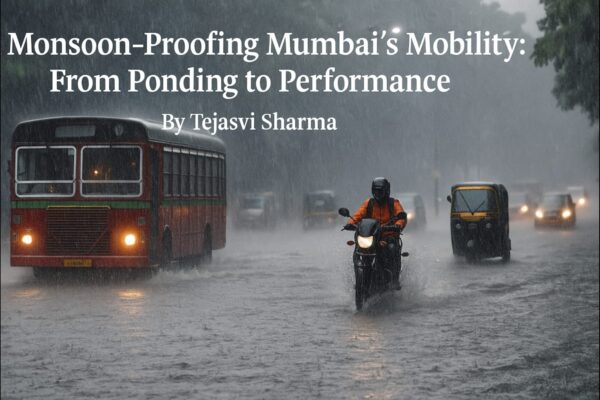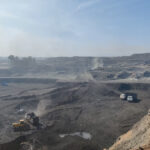Urban India’s Mega Projects: Building the Cities of Tomorrow
by Tejasvi Sharma, Editor-in-Chief, EPC World
India’s cities are swelling at an unprecedented pace. By 2035, the country is projected to host nearly 675 million urban residents, a demographic surge that is both a testament to economic dynamism and a clarion call for transformative infrastructure. In this era of accelerated urbanisation, mega projects have emerged not merely as engineering feats but as instruments of socio-economic renewal—redrawing city skylines, reconfiguring mobility, and redefining the very fabric of urban life.
The Case for Mega Projects
Urban infrastructure is no longer confined to patchwork solutions—flyovers, underpasses, or incremental metro extensions. The demands of the modern Indian city require multi-modal integration, climate resilience, and economic scalability. Mega projects—comprising expressways, rapid transit networks, metro rail systems, and integrated industrial corridors—serve as the skeletal and circulatory systems of the metropolis.
Their scale is staggering, their budgets colossal, and their timelines ambitious. But they are not indulgences; they are imperatives. The absence of such transformative works would condemn cities to congestion, pollution, and economic stagnation.
Bengaluru’s Bid for Transformation
Once celebrated as the “Garden City” and later the “Silicon Valley of India,” Bengaluru now contends with traffic gridlocks and crumbling civic systems. In response, the Karnataka government has sought an unprecedented ₹1.5 lakh crore in central assistance for a basket of transformative works—urban tunnels to bypass congestion, elevated roadways, metro network extensions, and rapid rail links to the suburban periphery.
These interventions are designed to do more than simply cut commute times; they are catalysts for decentralised growth, enabling satellite towns to absorb urban overspill while retaining strong economic linkages to the core city.
Uttar Pradesh: Expressways as Economic Arteries
In Uttar Pradesh, the urban infrastructure push is intertwined with the state’s aggressive expressway agenda. Cities such as Lucknow, Prayagraj, and Varanasi are being knitted into a high-speed road network that includes the Ganga Expressway, Purvanchal Expressway, and Bundelkhand Expressway. These corridors are more than mobility enhancers—they are economic arteries feeding industrial parks, logistics hubs, and smart city clusters.
Urban growth in these nodes is being planned in synchrony with transport infrastructure, ensuring that expressways are not simply conduits for vehicles but lifelines for investment, housing, and public amenities.
Mumbai’s Waterfront Renaissance
Mumbai’s mega project landscape is defined by the Mumbai Trans Harbour Link (Atal Setu), now operational, which has collapsed geographical and psychological distances between South Mumbai and the burgeoning Navi Mumbai region. This linkage is expected to unlock the latent potential of the Navi Mumbai airport, spur residential development, and create new central business districts along the harbour’s eastern flank.
In parallel, the Mumbai Coastal Road Project promises to reimagine the city’s western seafront, not only easing traffic but also enhancing public access to the shoreline—a rare convergence of transport utility and urban beautification.
Delhi and the NCR: An Integrated Vision
The National Capital Region (NCR) is witnessing a multi-pronged infrastructural revolution—metro rail extensions into peripheral cities, the construction of the Dwarka Expressway, and the development of the Delhi–Meerut Rapid Rail Transit System (RRTS). Each of these projects embodies the principle of regional integration, ensuring that urban growth is not constrained by administrative boundaries.
The RRTS, in particular, is a pioneering model for high-speed suburban connectivity, designed to move commuters at 180 km/h and reduce travel times by over 70%. For a city battling air quality crises, such mass transit innovations are also potent instruments of environmental mitigation.
The Financing and Governance Imperative
Mega projects of this magnitude demand sophisticated financing architectures. Public–Private Partnerships (PPPs), multilateral funding, and sovereign green bonds are increasingly being woven into the fiscal fabric of urban development. Yet, capital alone is insufficient. Institutional coordination—between urban local bodies, state governments, and central agencies—is paramount to avoid the bureaucratic logjams that have historically plagued large-scale infrastructure.
The adoption of the PM Gati Shakti National Master Plan has been a game-changer, aligning ministries through a unified digital platform that maps projects, tracks progress, and pre-empts bottlenecks.
Beyond Concrete: Sustainability and Inclusivity
The true test of these mega projects will not be measured solely in kilometres of asphalt or spans of steel, but in their ability to foster sustainable, inclusive, and liveable cities. Climate resilience must be embedded in design—whether through flood-resistant drainage systems, green building materials, or renewable-powered transport corridors.
Equally, inclusivity must not be an afterthought. Affordable housing near transit hubs, pedestrian-friendly streetscapes, and accessible public spaces will determine whether these projects serve the few or uplift the many.
Conclusion: Cities as Civilisational Projects
India’s urban mega projects are more than civil engineering undertakings; they are civilisational projects—expressions of a nation in transition, intent on matching its economic aspirations with infrastructural muscle. They represent a wager on the future: that a well-connected, efficiently planned, and sustainably built city can be the crucible of prosperity.
For urban India, the stakes could not be higher. The choices made today in conceiving, funding, and executing these mega projects will shape not just skylines but the quality of life for hundreds of millions in the decades to come.
Tags

